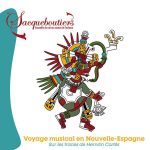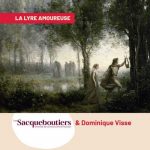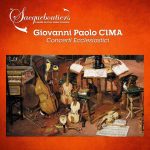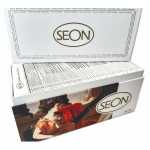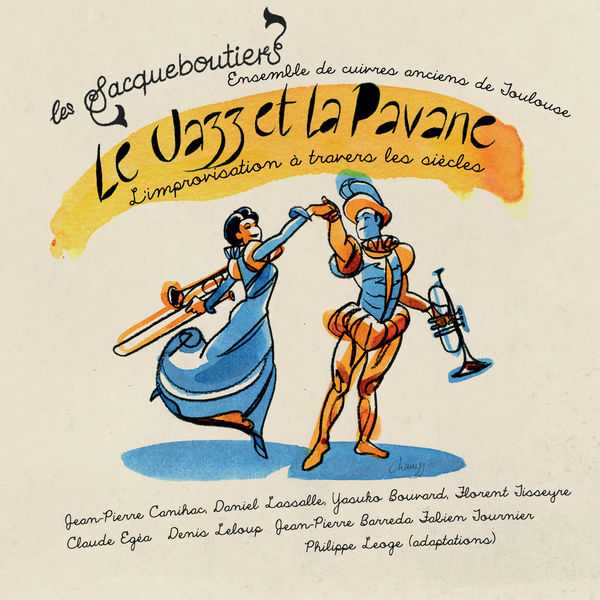

Composer: Diego Ortiz, Juan Vasquez, Michelangelo Rossi, Tarquinio Merula, Andrea Falconieri, Heinrich Schütz, Mateo Flecha el Viejo
Performer: Les Sacqueboutiers, Denis Leloup, Jean-Pierre Canihac, Claude Egea, Florent Tisseyre, Philippe Léogé, Daniel Lassalle, Yasuko Bouvard, Fabien Tournier, Jean-Pierre Barreda
Format: FLAC (tracks)
Label: Flora
Release: 2012
Size: 415 MB
Recovery: +3%
Scan: yes
01. anon.: Bombarde – Instrumental Credo, from the “Manuscript d’Apt”
Ortiz: Trattado de Glosas:
02. Recercada primera sobre tenore “El passamezzo antiguo”
03. Recercada quarta para violone sola
04. Recercada settima sobre tenore “La Romanesca”
05. Recercada segunda sobre tenore “El passamezzo moderno”
06. Vasquez: Con qué la lavaré? – Villancico After an Anonymous Song from the “Cancionero de Uppsala, 1556”, No. 29
Rossi: Toccate e correnti d’intavolatura d’organo e cembalo
07. Toccata VII in D Minor
Merula: Aria sopra la Ciaconna, a voce sola “Su la cetra amorosa”
08. No. 1 from “Madrigali et altre musiche concertate a 1–5, Libro secondo, Op. 10, Venice, 1633”
Falconieri: Il primo libro di canzone, sinfonie, fantasie, capricci, brandi, correnti, gagliarde, alemane, volte
09. No. 15, Passacalle a 3
10. No. 3, L’Eroica a 3, Ciaccona
11. Schütz: Es steh Gott auf, SWV 356
12. Viejo: El fuego – Villancico, a 4
Fusions of jazz and Baroque music are almost commonplace, and brass ensembles both historical and modern have essayed mainstream jazz. This release from French ensemble Les Sacqueboutiers (The Sackbut Players), however, may be unique. It is not a Renaissance treatment of jazz, but a jazz treatment of Renaissance music, and it is quite ingeniously done. Les Sacqueboutiers draw on keyboard and brass (sackbut, cornet, harpsichord, percussion) ensemble pieces from Italy and Spain in the late 16th century. Some of these are polyphonic songs or works of the ricercar type (the ancestor of the fugue). The four pieces called Recercata by Diego Ortiz are all of the same type, but Les Sacqueboutiers treat every one of them differently. A jazz ensemble with drums may alternate with the source material, improvising on its basic pitch collection, or may (in whole or in part) accompany that source material, and the parts of the puzzle can be put together in several different ways. This is facilitated by the overlap between the two groups: both contain brass instruments (trumpet and trombone in the jazz group), each has a keyboard (harpsichord and organ for the early instruments, piano for the jazz group), and each has its own percussion. As the program proceeds, a second type of piece comes to the fore: ground-bass pieces such as the Passacaille and Ciaccona of Andrea Falconiero. These repeated patterns are so suggestive of jazz treatment that you can forget you’re listening to a unique fusion and just become immersed in the flow of creativity that effortlessly spans four centuries of time. An original and supremely musical experiment and an essential purchase for anyone interested in fusions between jazz and classical music.
